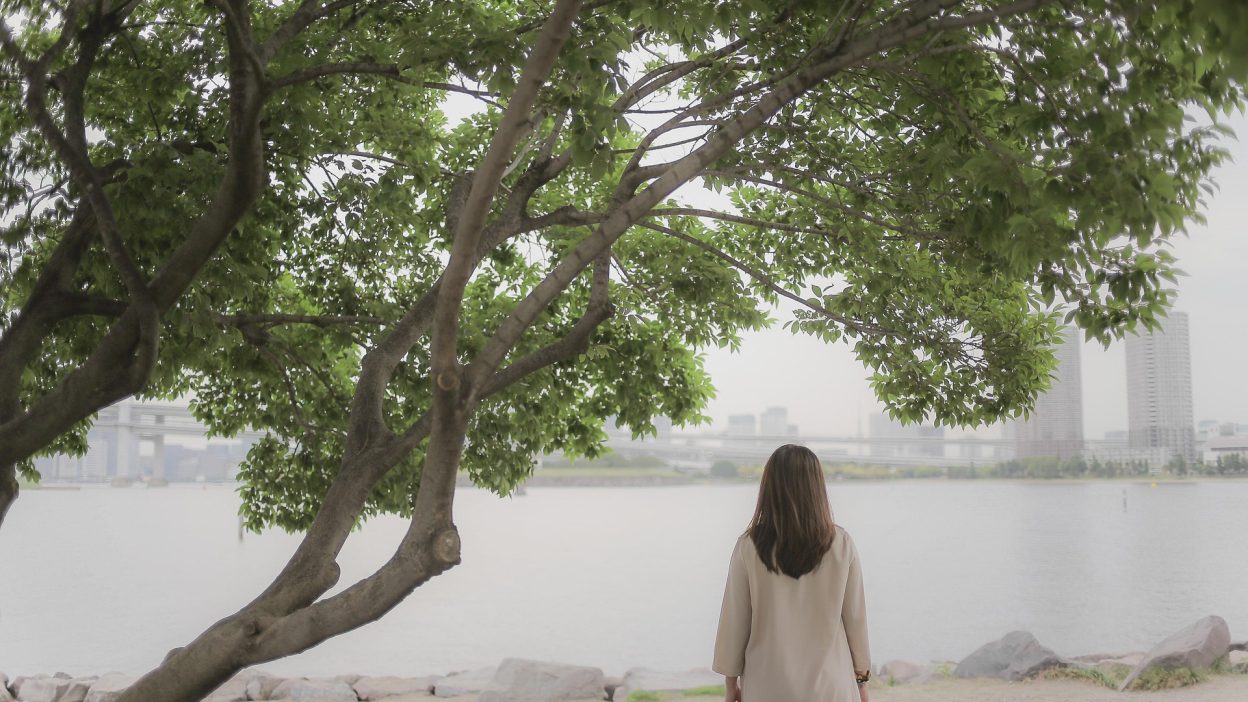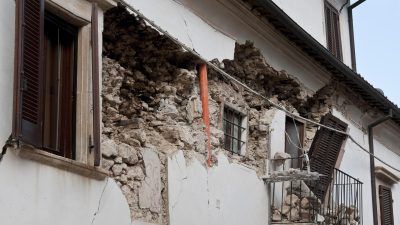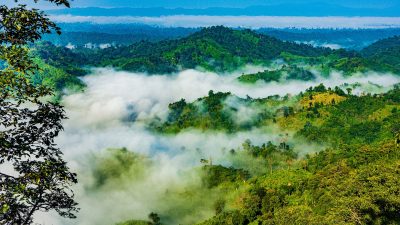Japan’s Forgotten Catastrophe
1. The Deadly Tremors: How It All Began
In the early months of 1792, Japan was on the verge of one of its most devastating natural disasters. The Unzen volcanic complex, situated on the Shimabara Peninsula, had been showing signs of unrest. A series of seismic activities in the preceding months indicated that something catastrophic was about to unfold. Then, in May, the earth shook violently.
The earthquake triggered a massive landslide from Mount Mayuyama, a volcanic peak within the Unzen complex. This landslide, in turn, created a destructive tsunami that wreaked havoc along the coastline. Entire settlements were wiped away, and the economic repercussions were felt for years to come.
2. The Unstoppable Destruction: A Two-Pronged Disaster
The 1792 Unzen earthquake was not an isolated event—it was a chain reaction of disasters. First, the massive tremors destabilised the land, causing one of Japan’s largest recorded landslides. The debris from Mount Mayuyama rushed into the Ariake Sea, generating a tsunami that surged across the coastal towns and villages.
The waves, some as high as 100 metres, obliterated everything in their path. Ships were tossed inland like mere toys, and thousands perished in an instant. The devastation extended far beyond the immediate impact zone, reshaping the landscape of Japan’s southwestern coast.
3. The Human Cost: Deaths, Injuries, and Unimaginable Loss
- Death Toll: Over 15,000 people lost their lives due to the earthquake, landslide, and tsunami combined.
- Injuries: Thousands were severely injured, many succumbing to their wounds due to a lack of medical aid.
- Destruction of Property: Entire villages and towns were annihilated, with infrastructure collapsing under the force of nature.
- Economic Aftermath: The local economy was shattered as fertile farmland was lost, and trade routes were cut off.
4. A Lesson Ignored: The Role of the Unzen Volcano
Unzen had long been known as an active volcano, yet people had settled around its base for centuries. Warnings from minor eruptions and tremors were overlooked, as residents had grown accustomed to occasional volcanic activity. But the 1792 event was different—an eruption combined with an earthquake created the perfect conditions for a catastrophic landslide.
Even after the disaster, many continued to reside in the danger zone. It wasn’t until modern scientific advancements that authorities fully understood the risks posed by the region.
5. The Tsunami’s Wrath: How the Sea Turned Against Japan
Tsunamis are often thought to be caused by underwater earthquakes, but this particular wave was born from a landslide. As millions of tonnes of rock plunged into the Ariake Sea, the displacement of water created a colossal wave that engulfed the coast.
The tsunami struck with unprecedented speed and power, leaving survivors little time to react. Fishermen at sea found themselves caught in towering waves, while coastal residents had no means of escape. The aftermath left bodies scattered across the land, and the sea turned into a mass grave.
6. The Psychological Impact: Fear and Superstition
For many survivors, the catastrophe was seen as divine punishment. In 18th-century Japan, disasters were often attributed to supernatural forces, and the 1792 event was no exception. People believed that the gods were angered, and some blamed local rulers for failing to appease these forces.
The psychological scars of the event persisted for generations. Oral histories kept the memory alive, with some families passing down stories of the ‘cursed mountain’ that brought death and destruction.
7. Comparisons with Other Disasters: A Unique Tragedy
- Mount St. Helens (1980): Similar landslide-triggered tsunami but in a different geographical setting.
- 2004 Indian Ocean Tsunami: While caused by an earthquake, it had a similarly devastating coastal impact.
- 2011 Tōhoku Earthquake and Tsunami: Unlike the Unzen event, this was triggered by an undersea megathrust earthquake.
Each of these disasters had unique elements, but the Unzen catastrophe stands out due to the rare combination of an earthquake, volcanic eruption, landslide, and tsunami all occurring in succession.
8. The Aftermath: Rebuilding a Shattered Land
Following the disaster, survivors faced the monumental task of rebuilding their lives. Entire communities had been erased, and the economic structure of the region had collapsed. The Japanese government at the time had limited resources for disaster relief, meaning recovery was slow and painful.
For years, the land remained scarred—fields were buried under volcanic debris, and ghost villages stood as reminders of the tragedy. Even today, traces of the landslide can still be seen, serving as a solemn warning of nature’s unpredictable fury.
9. Modern-Day Lessons: Preparing for the Next Disaster
Despite the devastation of 1792, Japan has since become one of the most disaster-prepared nations in the world. Modern warning systems, strict building regulations, and tsunami defences have been implemented to mitigate future catastrophes.
However, as history has shown, nature cannot be controlled—only respected. The Unzen disaster serves as a stark reminder of the consequences of underestimating geological threats. Scientists continue to monitor the Unzen volcanic complex, ensuring that such a disaster never catches Japan off guard again.
10. Final Thoughts: The Legacy of the 1792 Unzen Tragedy
The 1792 Unzen earthquake and tsunami remain one of Japan’s most deadly disasters, yet it is often overshadowed by more recent catastrophes. However, its lessons remain vital—never ignore the warnings of nature, and always prepare for the worst.
While the ruins of that era have faded, the echoes of the tragedy still linger. From scientific advancements to cultural storytelling, the disaster has shaped Japan’s approach to natural calamities. The Unzen catastrophe was not just an event in history; it was a turning point in Japan’s understanding of its fragile relationship with nature.
FAQs
1. What caused the 1792 Unzen disaster? The disaster was caused by a volcanic eruption, which triggered a landslide that created a massive tsunami.
2. How many people died in the Unzen earthquake and tsunami? The estimated death toll was over 15,000, making it one of Japan’s deadliest disasters.
3. Was there any warning before the disaster? There were minor tremors and volcanic activity before the main event, but people did not realise the scale of the impending catastrophe.
4. Can a similar event happen again? Yes, Unzen is still an active volcano, and scientists continue to monitor it closely.5. What were the long-term effects of the disaster? The region suffered immense economic loss, and it reshaped Japan’s understanding of volcanic and tsunami risks.




